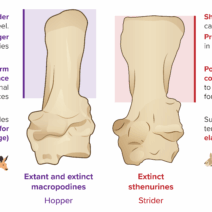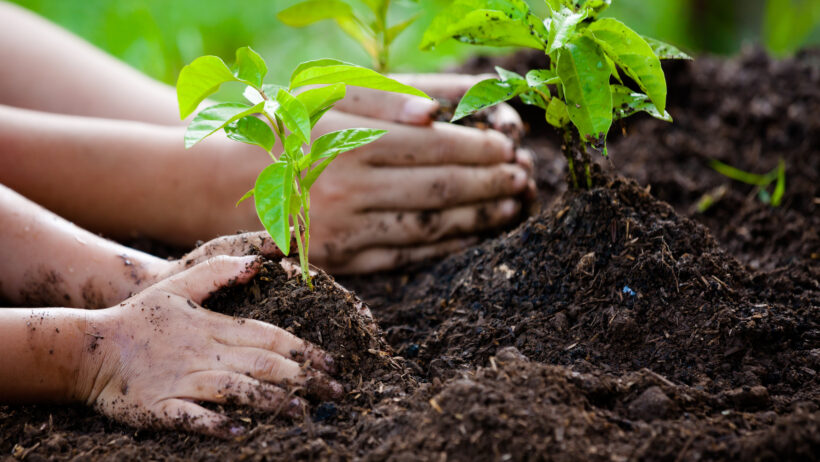In the ongoing battle against climate change, trees serve as silent yet powerful allies. This natural marvel possesses the extraordinary ability to mitigate global warming, offering a multitude of ecological, economic, and social benefits. The galvanizing phenomenon known as afforestation, or the intentional planting of trees in various ecosystems, has become a focal point in the quest for a more sustainable planet. Delving into the multifaceted role of trees reveals an intricate tapestry of interactions that may explain why these living organisms captivate our attention.
At the most fundamental level, trees perform photosynthesis. This well-documented process transforms carbon dioxide, a primary greenhouse gas, into glucose and oxygen. Trees absorb substantial amounts of carbon dioxide from the atmosphere, effectively acting as carbon sinks. In fact, a mature tree can sequester approximately 48 pounds of carbon dioxide annually. Hence, scaling up tree plantation initiatives could substantially diminish the concentration of greenhouse gases in the atmosphere. This conversion illustrates not only the importance of trees in moderating temperatures but also their critical role in improving air quality, benefiting not just ecosystems but human health as well.
Moreover, trees and forests play indispensable roles in regulating the Earth’s climate. Tropical forests, in particular, contain vast amounts of stored carbon within their biomass. When these forests are degraded or destroyed, the stored carbon is released back into the atmosphere, exacerbating the climate crisis. By planting trees, we not only restore ecosystems but also help maintain the delicate balance of carbon cycles, preventing a poignant escalation of global temperatures. The enthusiast’s wonder toward forests stems from this vital, interlinked relationship between trees, climate, and life itself.
Furthermore, trees contribute to soil health by curbing erosion and enhancing fertility. The root systems of trees anchor the soil, preventing it from being swept away by wind and water. This stabilization is paramount for maintaining productive agricultural systems, which are vulnerable to the effects of climate change. Additionally, as trees shed their leaves, they contribute organic matter to the soil, facilitating nutrient recycling and improving its structure. This creates resilience in ecosystems, ensuring that both flora and fauna can thrive even as external stressors intensify. Such intricate layers of interaction underscore the propensity for trees to ignite fascination; they provide a sense of stability and continuity in a rapidly changing world.
It is also vital to recognize the socio-economic dimensions of tree planting. Urban areas, in particular, are rapidly experiencing the consequences of extensive urbanization, leading to increased temperatures—a phenomenon known as the urban heat island effect. Integrating trees into urban planning is not merely an aesthetic venture; it is an imperative strategy for mitigating heat. Tree canopy coverage effectively reduces the ambient temperature, promoting energy savings and enhancing public health outcomes. People living in cities with ample green spaces report improved mental health and well-being, highlighting the intrinsic bond between humans and nature.
Communities worldwide are realizing the collective power of trees. Grassroots movements abound, where local volunteers gather to plant saplings, transforming barren grounds into verdant landscapes. These initiatives foster a shared sense of responsibility and stewardship. The act of planting becomes a communal ritual, imbuing participants with a sense of achievement and connectedness to their environment. As chains of engagement unfold, they unveil deeper layers of fascination—the intrinsic connection to nature’s cycles, the hope for future generations, and a staunch commitment to healing the planet.
Moreover, the practice of tree planting is intrinsically linked to biodiversity conservation. Forests harbor numerous species, providing both habitat and sustenance. By planting diverse trees, we pave the way for fauna to flourish. Pollinators, in particular, rely on flowering plants for nourishment. The intricate interdependencies between plant and animal life underscore the complexity of ecosystems and reveal the incomplete nature of popular narratives surrounding tree planting. It is not merely about numbers but about thoughtful implementation that prioritizes diversity, resilience, and ecological balance.
As we consider global efforts towards combating climate change, tree planting initiatives emerge as symbiotic solutions that benefit both the environment and human society. Countries that have invested in large-scale reforestation projects, such as China and Ethiopia, exemplify how collective action can yield transformative results. By integrating traditional environmental knowledge with modern science, nations can harness the power of trees to sustain livelihoods while confronting the daunting realities of climate change.
However, it is paramount to approach tree planting with an understanding of ecological context. Planting trees in inappropriate environments can disrupt existing ecosystems, creating unintended consequences. Hence, an informed, strategic approach is essential, ensuring that tree species planted are native and suited to the local climate will bolster the resilience of landscapes. The discussion surrounding tree planting must extend beyond mere action, fostering an ethos of stewardship that respects intricate ecological dynamics.
In conclusion, trees are much more than mere plants; they embody resilience and hope in the face of climate change. Their multifarious roles in sequestering carbon, enhancing soil health, mitigating urban heat, and supporting biodiversity render them invaluable assets in our fight against global warming. As communities unite to engage in reforestation and afforestation, the fascination with tree planting deepens, rooted in both its ecological significance and the social connections it nurtures. Understanding the intricate web of relationships between trees, climate, and society can guide us towards a more sustainable future where nature’s climate warriors are celebrated and honored.







